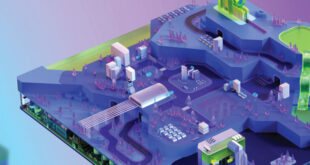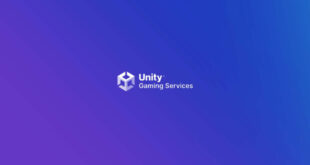GDC 2014 was an exciting time for games technology companies, with game engines one of the hot topics of conversation. Leading the way was Unity with its announcement of an impressive range of new features for Unity 5, and top of that list was an entirely new lighting model, based around Geomerics’ Enlighten technology.
This was the first time Enlighten would be put in the hands of a group as wide and diverse as the Unity userbase.
“We had been talking to Unity on-and-off for around three years,” says Geomerics’ Chris Doran. “When discussions began, the first wall we hit was around business models. Enlighten is typically licensed on a per-game basis, whereas Unity is licensed on a per-seat model. This can be hard to reconcile and led us to explore a range of options.
The obvious one for us to look at first was a plug-in model, but Unity were not keen on having potential additional paths in their rendering code. The conclusion we came to three years ago was that integration needed to be an all-in commitment by both parties, and that was awkward for us at that point.
“Unity had a long list of technical requirements that they were looking for in their next-gen lighting engine, and we needed to satisfy all of them. In practice, these broke down into three headline features: support for static baking, simplifying the product and runtime support for mobile platforms. Over the past three years we have ticked off all three of these, which got us to the point of the announcement at GDC 2014.”
EASY-TO-USE HIGH-END TOOLS
Doran says Unity wanted to see if Geomerics could run Enlighten in a way that it ‘just worked’, so that, ultimately, Unity developers could develop and light a game without having to know anything about how Enlighten worked.
Joachim Ante, CTO of Unity, adds: “Unity has a very diverse userbase, from bedroom coders through to large teams.
It is important that we take all of them with us as we migrate from Unity 4 to Unity 5. So we needed technology that was high-end, but could still run in a mode where users would have to do little more than click a button to save out results.
“We pushed Geomerics hard to ensure that much of their geometry processing took place as a background task, which has worked out really nicely.”
In fact, this push led to major improvements to Enlighten. Developers can now interact with the tech in many ways, from a simple, automated background bake tool, through to the cutting-edge, real-time global illumination solver. Unity’s final requirement was support for a wider range of platforms, with mobile increasingly important to their users.
“Mobile was the final piece of the jigsaw,” says Doran. “With all the platforms in place we could sit down with Unity and map out a suitable plan for all parties. Unity have great reach and support for developers, so it made sense for them to continue building that relationship, with us supporting Unity directly. And our links to the major platform holders ensure a balanced solution for all”.
The first demos of Unity 5 were shown at GDC 2014 and Geomerics feels it shows the great progress made by all parties.

 MCV/DEVELOP News, events, research and jobs from the games industry
MCV/DEVELOP News, events, research and jobs from the games industry



